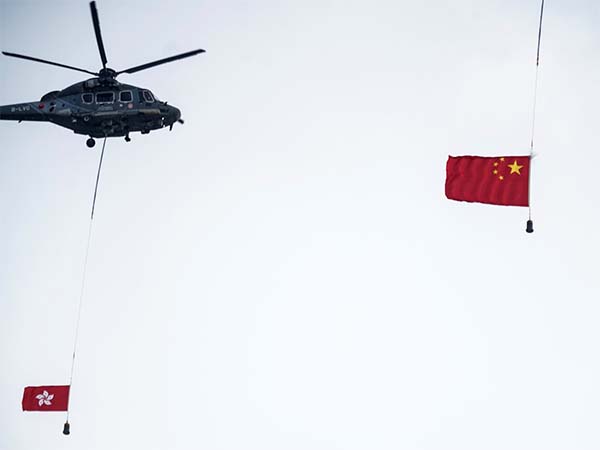Amidst the dynamic landscape of military aviation, China’s progress in helicopter development takes center stage. The People’s Liberation Army (PLA), once reliant on Russian and reverse-engineered European models, now pioneers indigenous designs, marking a significant shift.
The unveiling of a novel heavy attack helicopter, reminiscent of the renowned American AH-64 Apache, captures widespread attention. Grainy images, purportedly capturing flight tests of this enigmatic aircraft, surfaced online in late March, stirring speculation and intrigue.
Dubbed tentatively as the Z-21, this clandestine marvel is believed to have taken its maiden flight in January, shrouded in secrecy. Notably, it inherits its lineage from the Z-20 utility helicopter, showcasing China’s innovative approach to aircraft evolution.
Andreas Rupprecht, a distinguished authority on Chinese aviation, remarked, “The unveiling of the Z-21 underscores a culmination of years of groundwork. Leveraging the proven components of the Z-20, albeit with a sleeker fuselage, epitomizes a logical progression.”
By leveraging existing infrastructure from the Z-20, China not only expedites the developmental timeline of the Z-21 but also mitigates inherent risks. The Z-21’s design, with its streamlined tandem-seat fuselage and innovative engine placement, bears semblance to its American counterpart, the Apache.
Armed with a potent arsenal including a 23mm cannon and versatile stub wings housing rocket and missile stations, the Z-21 exudes prowess. Initial glimpses suggest design cues reminiscent of the Russian Mi-28N helicopter, further adding to its mystique.
Questions may arise regarding the necessity of another attack helicopter, given the PLA’s existing fleet. However, the Z-21 promises enhanced performance, superior armor, and expanded payload capacity, aligning with China’s strategic imperatives.
Equipped with WZ10 engines, the Z-21 boasts heightened capabilities compared to its predecessors, particularly in challenging terrains like the mountainous Indian border. Despite its recent flight debut, its induction into the PLA remains a future prospect, subject to rigorous evaluation.
Speculations abound regarding its timeline for deployment, with estimates ranging from 2 to 3 years to a more conservative projection of 5 to 7 years. Such deliberations underscore the meticulous approach adopted by Chinese authorities towards military modernization.
The emergence of the Z-21 signifies a significant stride in the PLA’s aviation prowess, emblematic of China’s steadfast commitment to bolstering its defense capabilities. With a burgeoning fleet of helicopters, the PLA stands poised for the challenges of the future, as it continues to assert its presence on the global stage.




